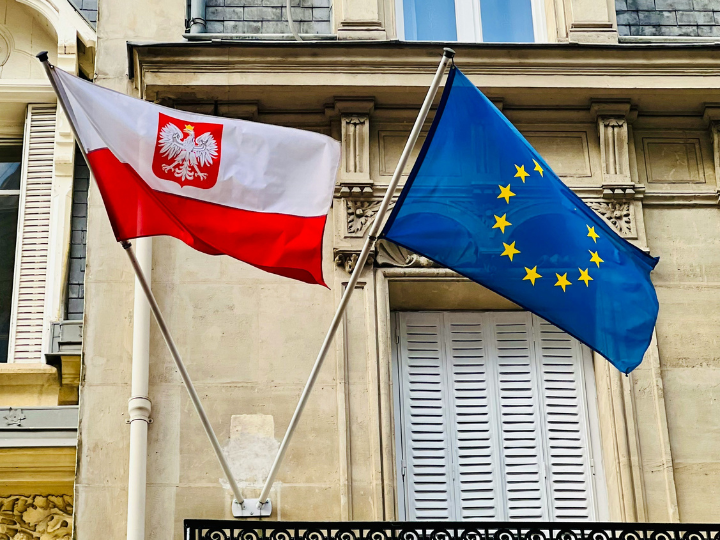by Claude Turmes*
After the Franco-German deal announced on 18 May, the Commission is working on a green recovery programme. The objective is to rescue in an ecologically-responsible way European economies damaged by months of lockdown.
Ursula von der Leyen declared that the Green Deal should be the “motor for our recovery”. “We should avoid falling back in old, polluting habits”, she added. Executive Vice-President Timmermans was equally vocal on the topic, saying that “The Green Deal is not a luxury that we drop when we hit another crisis. It is essential for Europe’s future”.
It is widely acknowledged that a massive public intervention is essential, not only at European level through the recovery programme but also at national level through state aid. The Commission thus logically decided to loosen its grip on state aid and allow member states to bailout economic actors in a fast and ambitious way. As Ursula von der Leyen proudly said: “we gave full flexibility on EU fund and state aid rules”.
However, the European Commission’s approach to state aid is contradicting green recovery ambitions.
While the EU recovery programme is focused on the Green Deal, national subsidy schemes are pouring money all across the economy without clear ecological focus. Some member states tried to engage in favour of green conditionality but that objective can only be successfully achieved at European level to avoid significant distortions on the internal market.
Unfortunately, the Commission missed an opportunity to make it happen. On the 8th of May, the amendment to the temporary state aid framework only “welcomes steps taken by member states to take [the green] challenge into account when designing national support measures” and places reporting obligations on large companies but fails to introduce any binding criteria.
As a result, the fossil fuel industry will remain an important beneficiary of national subsidies.
In addition, the current state aid framework for energy is not in line with the Green Deal. Many governments can be (and have been) generous with private enterprises, including high-carbon emitting companies.
But in parallel they remain prisoners of a rigid and outdated constraint to support the green economy: the so-called Guidelines on state aid for environmental protection and energy.
These guidelines have been elaborated by Commission services in the years 2012 and 2013. Before the Paris Agreement. Before the Clean Energy Package. Before the Green Deal. It seems like another world, but these guidelines still apply today as the analytical framework for the Commission to assess and approve public intervention in the energy sector. Although they were initially supposed to expire by 2020 and be replaced by new, modern guidelines, the Commission prolonged their application for another year.
These guidelines are not fit for purpose anymore and not adapted to the realities of the new energy system. The problem is even more acute after the crisis, at a time when energy efficiency and electro-mobility are at the heart of our recovery strategy but are missing from these guidelines.
The Commission still has a chance to fix the situation with two measures. First, it should introduce green conditionality in the recovery programme under preparation. And second, it should revise without delay the state aid guidelines for energy that constitute an impediment on the road to the energy transformation.
Failing to do so would unnecessarily slow down efforts for a truly green economic recovery.
*Minister for Energy and Spatial Planning of Luxembourg
**first published in: www.euractiv.com




 By: N. Peter Kramer
By: N. Peter Kramer

